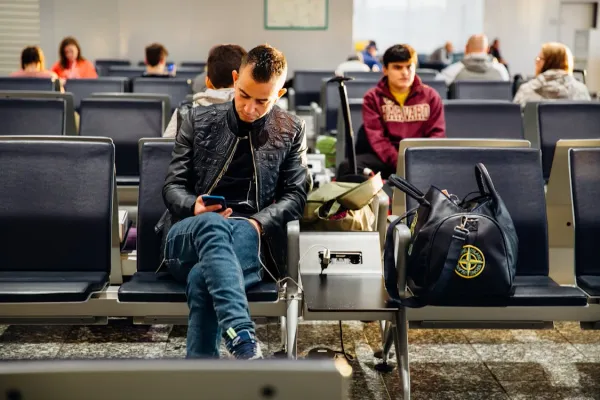Disneyland Updates Classic Peter Pan Ride to Remove Harmful Stereotypes
Disneyland is making updates to one of its most beloved classic attractions, Peter Pan’s Flight, in an effort to modernize its portrayal of Indigenous characters. As part of Disney’s ongoing commitment to inclusivity, the ride—one of the park’s original 1955 attractions—will change to remove outdated stereotypes, aligning with contemporary values and audience expectations.
The revision follows a similar update already introduced at Walt Disney World in Orlando, Florida, where a redesigned version of the Never Land Tribe scene was recently unveiled. While Disney has not provided a specific timeline for updates at its other parks worldwide, the company confirmed that similar adjustments will be implemented across all locations.
A History of Peter Pan’s Indigenous Depictions
The portrayal of Native American characters in Peter Pan has long been a point of criticism, stemming from the early 20th-century stage play and novel Peter and Wendy by J.M. Barrie. The original text included pejorative terms such as "redskins" and "savages," reflecting outdated and offensive stereotypes.
Disney’s 1953 animated adaptation carried these themes forward, most notably in the song “What Makes the Red Man Red?”—a number that played into exaggerated and inaccurate tropes. Over the decades, these depictions have drawn increasing scrutiny.
In 2015, Disney faced backlash for casting Rooney Mara, a white actress, as Tiger Lily in the live-action movie Pan. More recently, the 2023 Peter Pan & Wendy remake sought to correct course by casting Alyssa Wapanatâhk, an Indigenous actress, in the role of Tiger Lily. The film also expanded her character’s depth, giving her a stronger narrative presence.

What’s Changing in the Ride?
The original version of Peter Pan’s Flight included a scene where Tiger Lily and her tribe were depicted in a stereotypical manner—sitting cross-armed around a fire, drumming, and wearing exaggerated headdresses. The characters’ physical features were also exaggerated, reinforcing outdated caricatures rather than authentic representations of Indigenous cultures.
The redesigned scene at Walt Disney World offers a more thoughtful depiction: Tiger Lily and her grandmother are now shown dancing by the fire, while men drum in the background. The updated figures replace the previous exaggerated designs with more culturally respectful representations.
Disney’s Approach to Cultural Sensitivity
Disney has not disclosed whether Indigenous cultural consultants were involved in the redesign process. However, the company issued a statement emphasizing its commitment to ongoing learning and thoughtful storytelling.
"We view ourselves as perpetual students, constantly seeking ways to make our attractions and experiences more authentic and engaging. As we discover methods to make our narratives resonate more profoundly with our visitors, we implement considerate modifications," a Disney representative told The Times.
Disney has undertaken similar efforts across other classic attractions in recent years. In 2020, the company announced a major overhaul of Splash Mountain, replacing its Song of the South-inspired theme with characters from The Princess and the Frog. The decision was driven by the controversial history of Song of the South, a 1946 film that contained problematic racial stereotypes.
Public Reactions to the Changes
As with many updates to beloved theme park attractions, reactions to the Peter Pan’s Flight changes have been mixed. While some fans welcomed the revisions as a long-overdue step toward more respectful representation, others viewed them as unnecessary.
On social media, one user expressed support, stating, “Drum circle and dancers—I love it. Someone really thought this through instead of just eliminating it.”
However, criticism also emerged from some who believe the changes are part of a broader trend of excessive political correctness. A dissenting Facebook comment read, “Go woke, go broke.”
Why These Updates Matter
The entertainment industry has increasingly recognized the importance of accurate and respectful representation, particularly regarding historically marginalized communities. Disney’s updates reflect a broader cultural shift in how Indigenous characters are portrayed in media, moving away from outdated tropes toward more nuanced and authentic storytelling.
Theme park attractions hold a special place in popular culture, influencing generations of visitors. By updating Peter Pan’s Flight, Disney is acknowledging past missteps while ensuring that future audiences can experience the magic of Never Land without reinforcing harmful stereotypes.
As the changes roll out across all Disney parks, the company continues to navigate the balance between preserving nostalgia and evolving with modern sensibilities.





